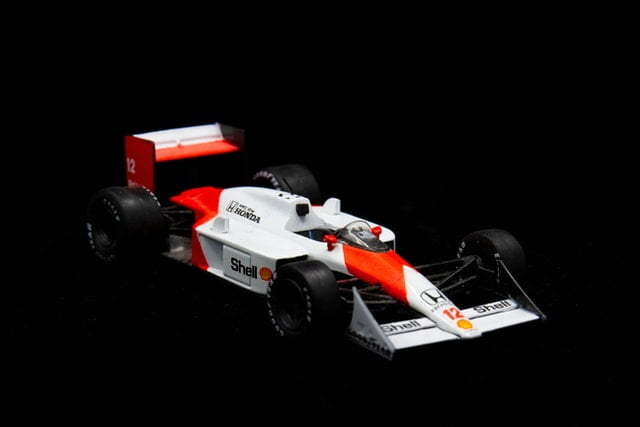How Formula One Inspired the Data Revolution in the Premier League
2008 was a landmark year in the world of Formula One and without a doubt, the time when the data revolution within the sport began to gather unstoppable momentum. In fact, you can almost pinpoint the exact moment that inspired the change in Formula One after people at SBG Sports Software observed that the various F1 pit teams were frantically working on spreadsheets and not paying attention to the actual goings-on of the race.
The moment in question and catalyst for change came during the prestigious Monaco Grand Prix when Jenson Button’s chief strategist, James Vowles, had his head buried in a spreadsheet as he tried to find a way for Button to get past the man in front of him, Timo Glock. Only, unbeknown to Vowels, Glock had been unable to negotiate one of Monaco’s infamous chicanes and had to return to the pits for an immediate front wing change.
It was at this moment that Vowles declared that he had found a way for Button to pass his man, only to look up and see a sorry Glock, lurching past his garage and into the pits. Indeed, the time had come for an analytics revolution so that the pit wall could focus on the race. Over the following months, SBG Sports Software got to work creating something called RaceWatch which in simple terms is a dashboard that the pit crews can observe whilst their drivers race.
It goes without saying that it is vastly more complex than that given that it crunches all the data from the cars and provides crucial information. This information includes lap times, when a driver should pit, overtake, and which part of the track would be best suited for a successful overtaking. In essence, there was no need for F1 bosses to do their own sums manually during a race anymore, RaceWatch took care of every single permutation.
To get a sense of just how much data is analyzed, most F1 cars have more than 350 sensors in them which provide on average around 17.5 billion data points over any given race weekend. Indeed, this revolutionary product has given Formula One the data culture of excellence that the sport is renowned for today.
Fast forward to 2014 and the results that SBG Sports Software had produced in the F1 industry eventually caught the attention of the teams in the English Premier League. This was due to the tantalising question of how could this type of innovation assist them in terms of winning more football games? 18 months later, SBG Sports Software had produced football’s very own dashboard called MatchTracker, which collects around four million rows of data during any Premier League match.
The wealth of information that these teams now have at their fingertips following a game has revolutionized the way football data is harvested. At the last count, around 70% of Premier League teams used the software which gives you an indication of how popular its introduction has been. Indeed, MatchTracker has been regularly used amongst the so-called ‘big six’ in the Premier League as they desperately try to find any advantage in the race to be crowned champions of England. Interestingly, the latest Premier League odds show how much Manchester City are greatly benefiting from MatchTracker as they are priced at a staggering 1/300 to win the Premier League.
These days, the difference between winning or losing a Formula One race or the English Premier League is decided by the barest of margins. The folks at SBG Sports Software have identified that and can now assure their clients that those differences can be found in their product. The overwhelming results from different sporting codes prove that to be true.
Perhaps the most fitting way to sum up the data revolution that Formula One has inspired is the timeless quote by the late American actress Lauren Bacall, who said ‘standing still is the fastest way of moving backwards in a rapidly changing world.’.
Featured Photo by Philip Myrtorp on Unsplash



